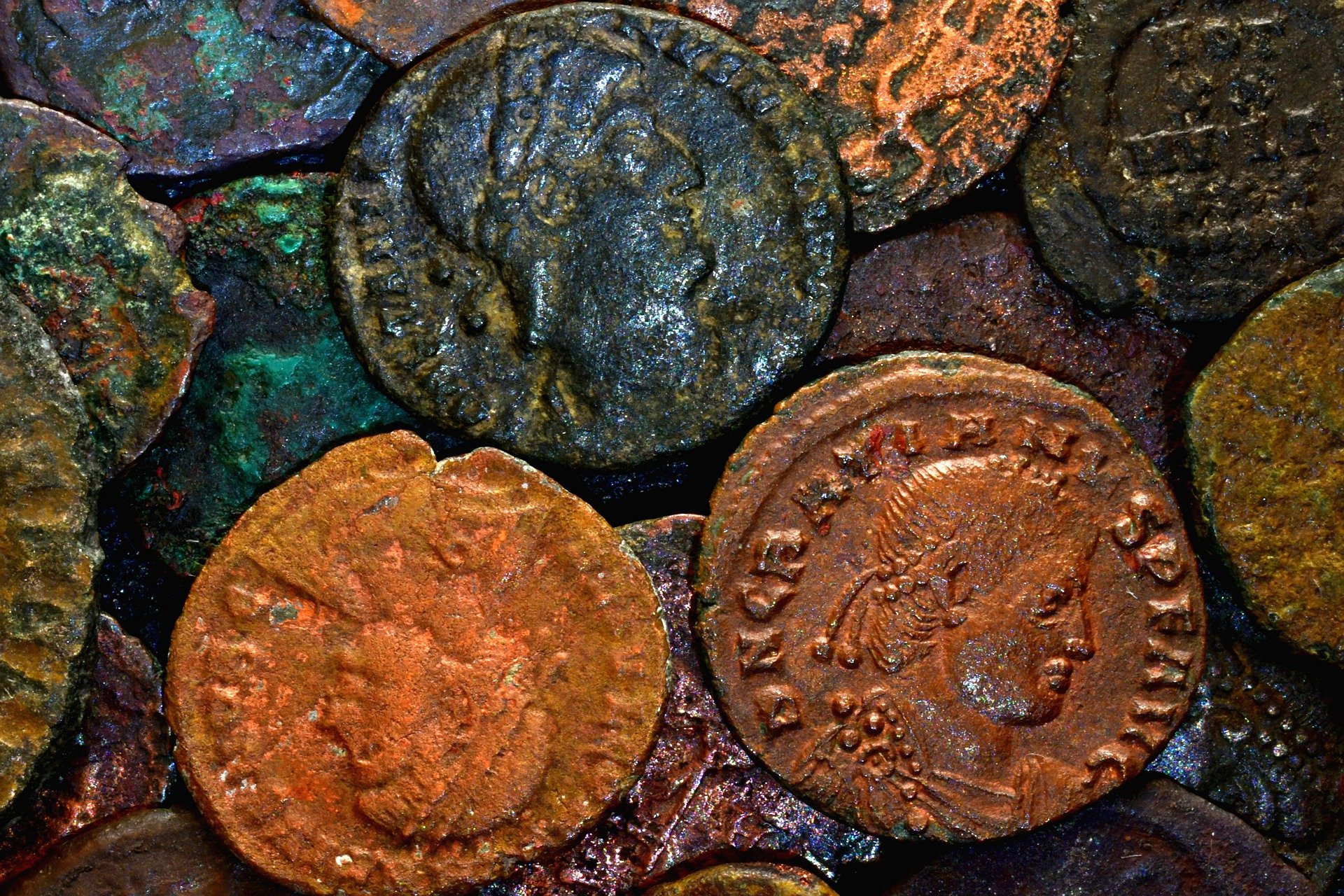Part 1
None of the great cultures in the period of history before the Middle Ages could have prospered without mastering copper and its metallurgy.
Copper was one of the first metals used by humans, dating back to the Stone Age, the prehistoric period in human civilization where stone was widely used to make implements with hard edges, points and surfaces.
Stone Age societies between 9000 BC to 2000 BC began to hard work (hammer) copper into sheets and shapes without smelting. Copper ornaments and jewelry, and new types of tools and weapons made with copper replaced or enhanced existing stone tools. The oldest copper ornament identified to date was found at an archaeological site in Northern Iraq, estimated to date from around 8700 BC. The working of copper enabled Stone Age societies to progress into the Copper Age, dating from around 4500 BC to 3500 BC.
Copper pipelines of a water supply system dating 5000 BC were found in an Egyptian Pyramid, and copper was the first metal to be hammered into bowls around 4000 BC.
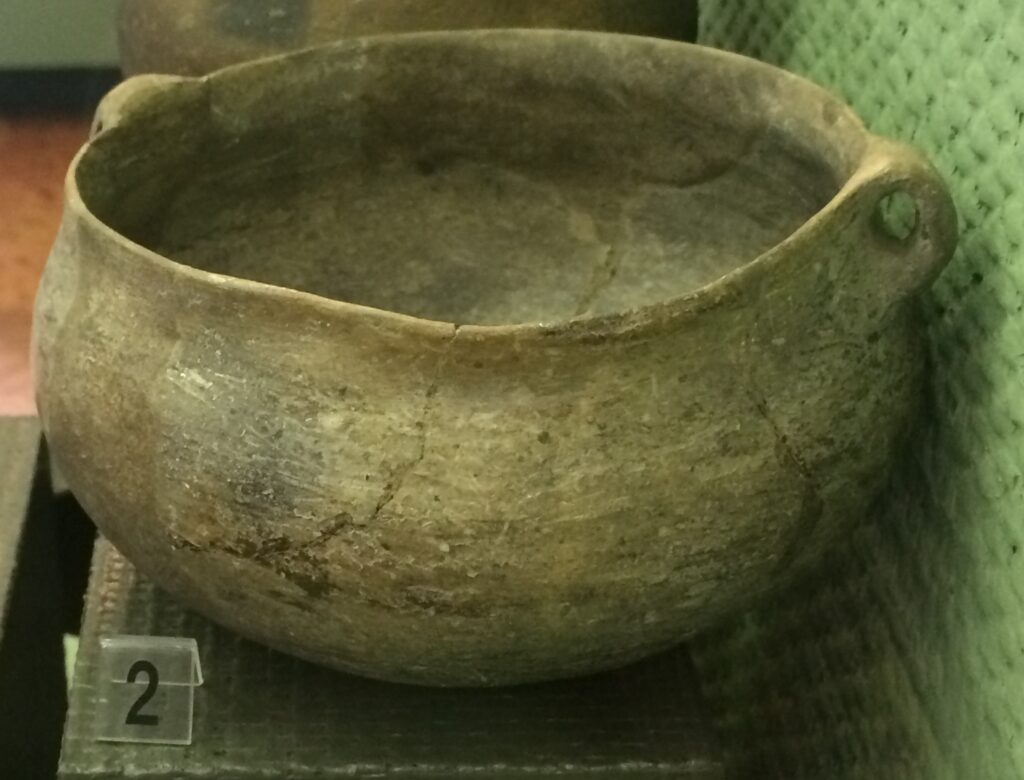

The Copper Age transitioned into the Bronze Age around 3300 BC with the discovery of the process of melting a mixture of copper and tin to produce bronze. The Bronze Age period was then followed by the Iron Age around 1500 BC.
Several inventions during the Middle Ages secured the use of copper in modern society. Copper was instrumental in the invention of printing due to the ease with which copper sheets could be engraved or etched for use as printing plates. From the late 16th Century, a volume with plates becomes the standard form of an illustrated book. The first known maps and charts were printed using copper plates in the late 1400s.
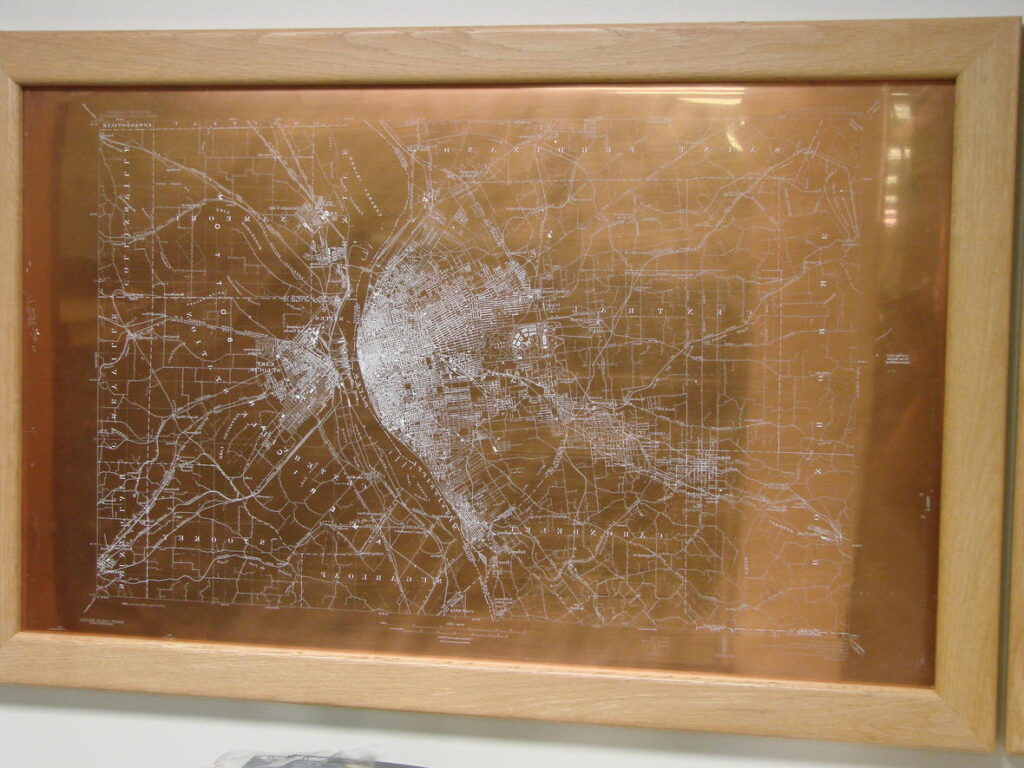

By the middle of the 18th Century, copper had several important uses including copper sheathing on the hulls of wooden ships, bells, bronze guns, brass wire (for the woolen industry), stained glass windows, weights and measures, bronze doors, gates, grilles, tombs, statutes, enameling and weather-vanes.
Perhaps the greatest use of copper – and the first use of copper in electrical wiring – rose from Michael Faraday’s discovery of electromagnetic induction in 1831 “and the subsequent development of the electrical engineering industry, including the invention of the electrical telegraph in the early nineteenth century, which involved sending electrical signals along copper wire.”
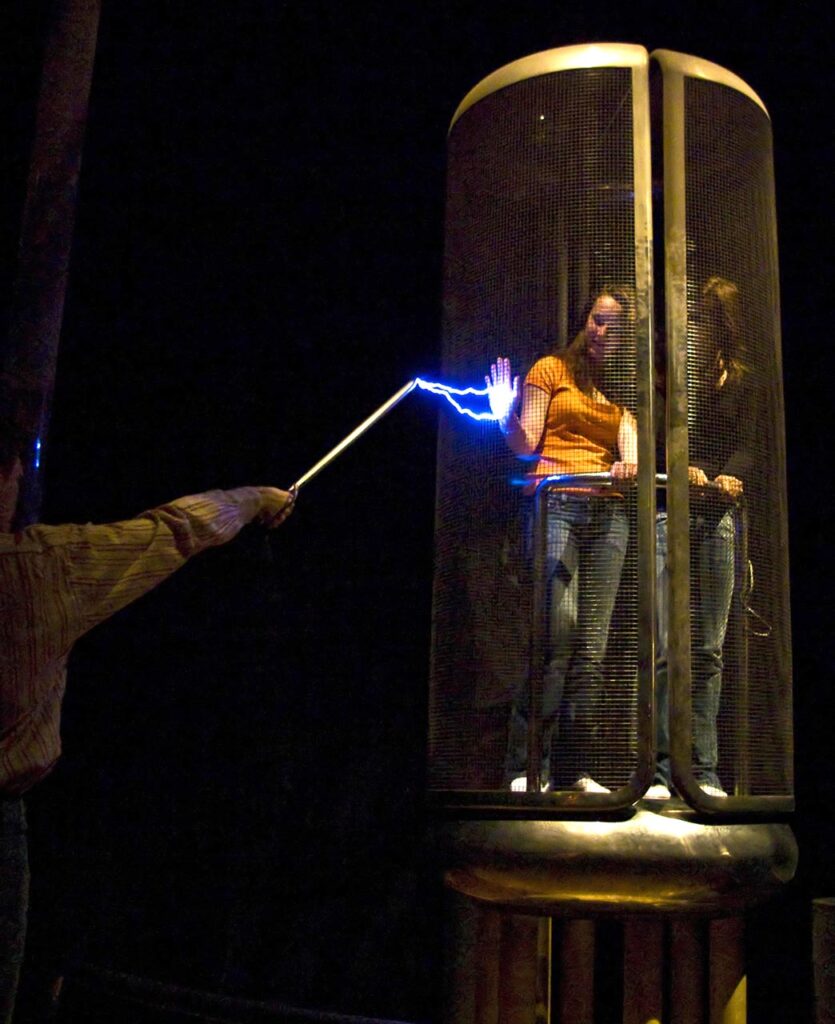

For the first time, it was possible to transmit near instant messages across continents and under oceans with widespread social and economic impacts. The invention of the telephone in 1876 created further demand for copper wire as an electrical conductor.
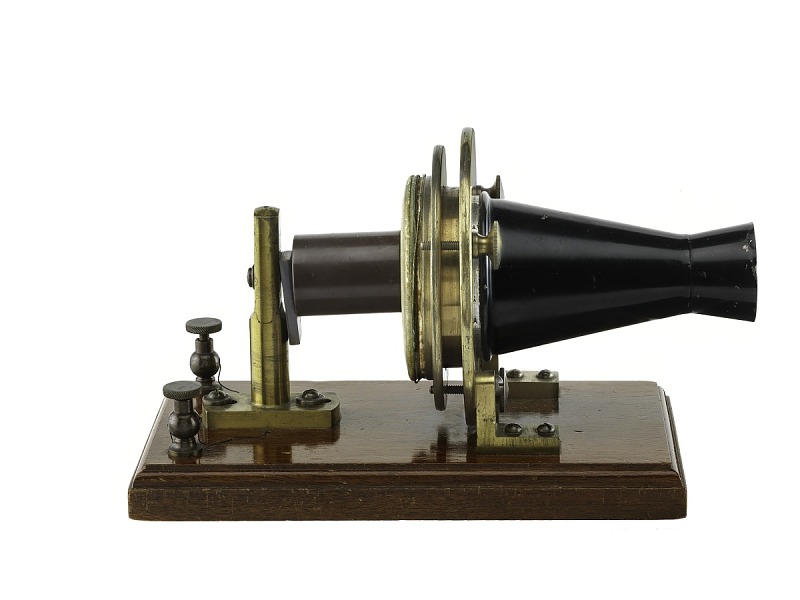

Today, copper wire is used in many forms: power generation, power transmission, power distribution, telecommunications, electronics circuitry, and countless types of electrical equipment. Roughly half of all copper mined is used to manufacture electrical wire and cable conductors. Copper continues to be an increasingly prominent metal in emerging technologies such as thermal energy storage, seismic energy dissipation, automotive electrical propulsion and ultra-conductive copper components.
Related Reading
